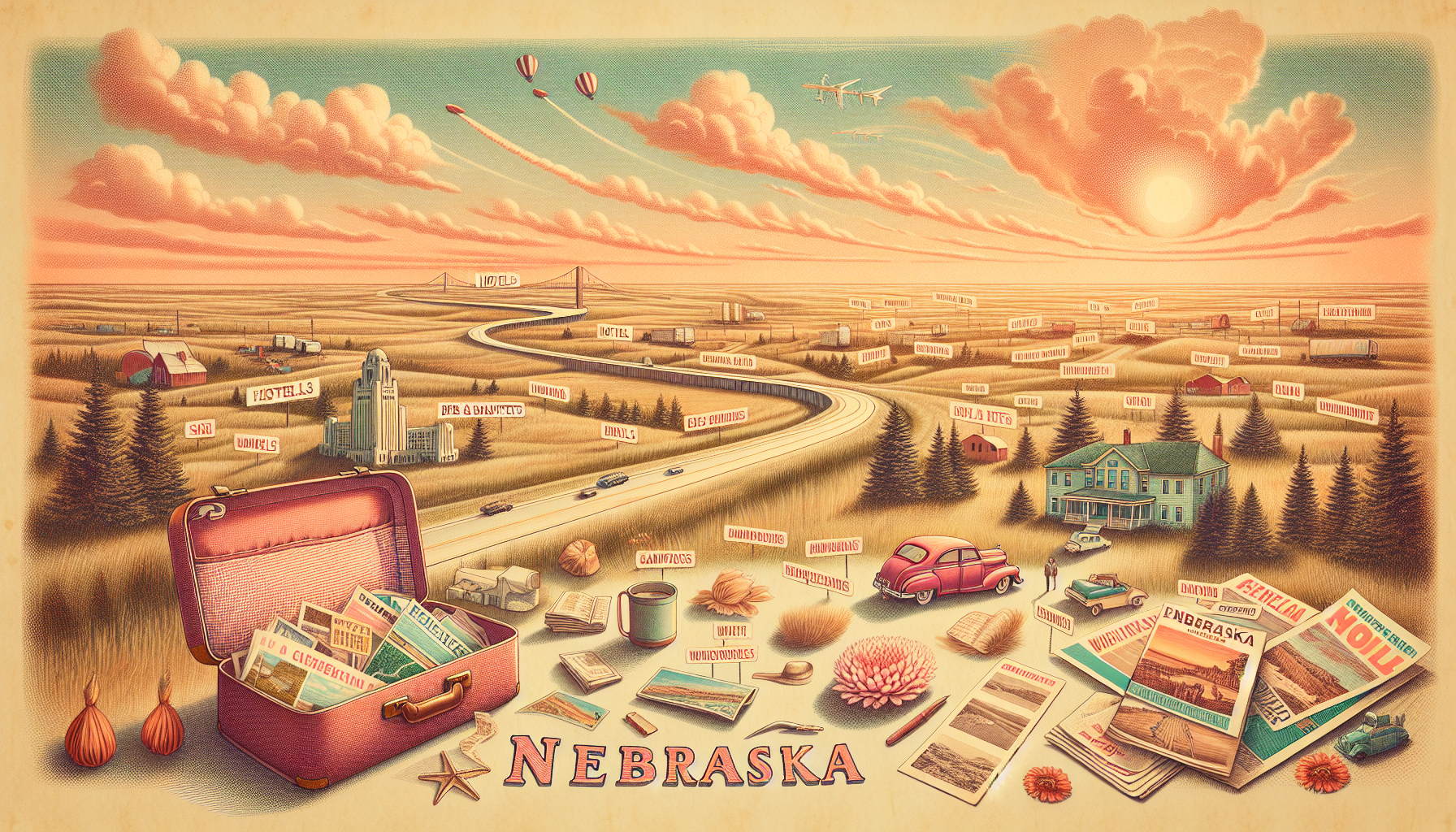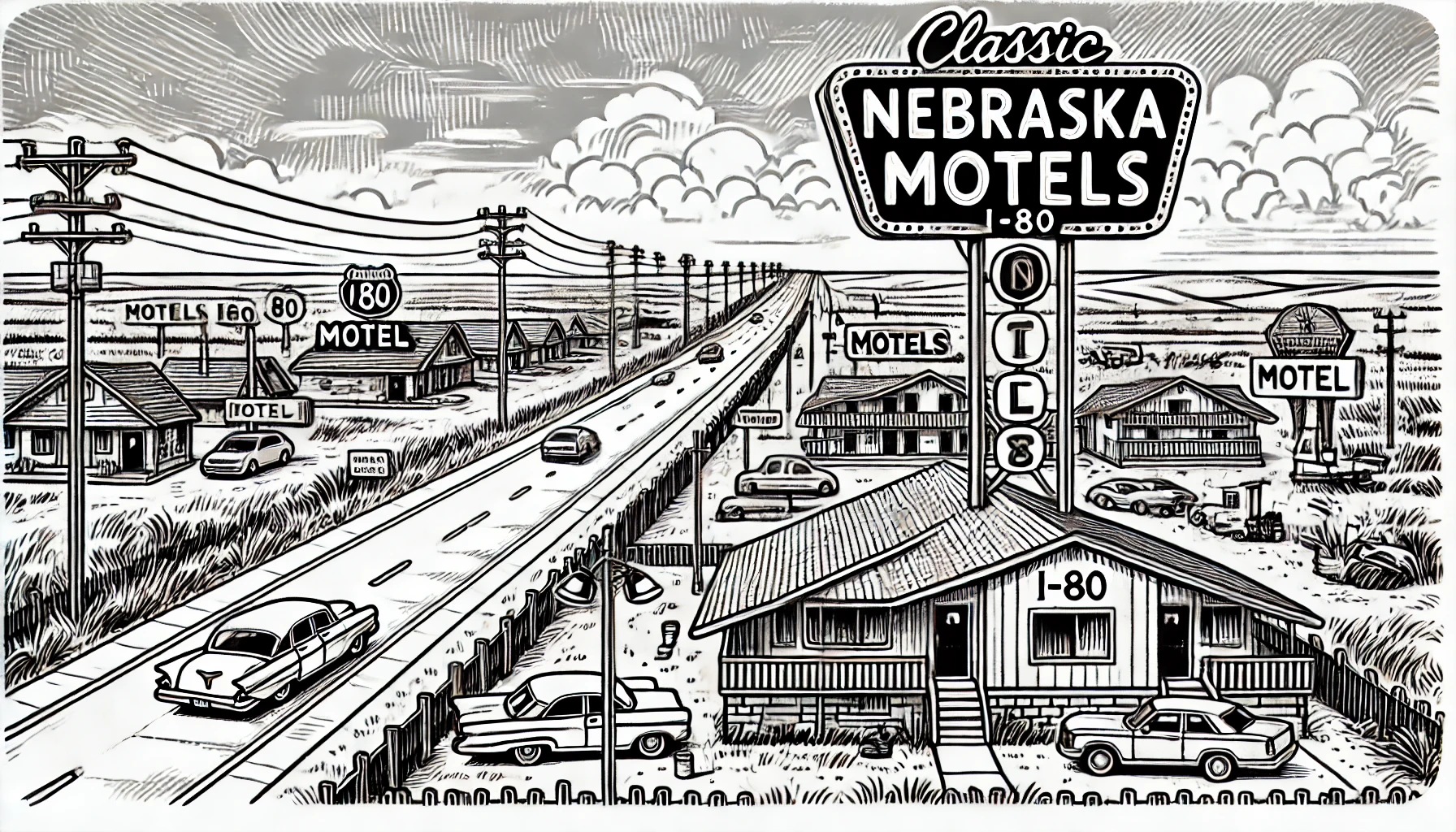Traveling Through Nebraska's Fremont National Forest

Located in the southeastern corner of the state of Oregon but bordering eastern Lake County, Oregon, and western Lake County, California, just north of Alturas, California, and northwest of the Sheldon-Hart Mountain National Wildlife Refuges lies a forest which should be on any traveler's itinerary: Fremont National Forest. As the second largest national forest in Oregon, covering roughly 1.2 million acres, Fremont provides an immense area of wilderness to explore, discover, and preserve. The forest was set aside in 1906 by President Theodore Roosevelt as the Fremont National Forest Reserve.
The unique blend of landforms within the forest creates a prime habitat for an impressive array of fauna. The high country gives rise to numerous streams which all flow through dry sage-steppe habitats or agricultural land into smaller rivers such as the Crooked River to then ultimately flow into the Goose Lake, when the conditions are favorable for it, with two thirds of this lake is located in Oregon. As these drainage basins supply nutrients for livestock grazing on public and private lands, wildlife face intense competition for their available natural resources. Currently twenty-five threatened or endangered species have been documented to inhabit this vast area of southeastern Oregon including the greater sage grouse.
Visitors seeking to immerse themselves in the rich natural beauty of Fremont National Forest should include the natural geological and archaeological sites, deep within its dense groves of trees. Shevlin Park on the north side, provides stunning cliffs that often attract experienced seasoned climbers, looking to test their mettle against this vertical expanse of rock. Fremont National Forests' massive collection of archaeological evidence from different occupations also allures native anthropologists. As early as seven millennia ago in the vicinity of large glacial lake shorelines human exploration, art, and artifacts hold hints of a sophisticated cultural center as evidenced by numerous excavations.
Geographic particularity and biodiversity contribute to the forests offering unique climate conditions. Temperatures start getting extremely cold and the rainfall starts to transform into heavy snowfall north of Lake Abert at almost four thousand three hundred feet. Conversely, at low-lying elevations near the base of large rock outcroppings the land experiences higher pressure systems contributing to low humidity with ensuing low levels of snow cover. The irregular elevation distribution of land plays an important part in the vast ecosystem found in this natural forest preserve.
Forest and wildlife ecologists alike are very concerned with sustainable development and environmental science impact of invasive threats that alter inter species nutrient and water sharing connections, known very well from one north-south key ecoregion to other along east-west water transport pathways. Fremont authorities urge their avid visitors to be considerate naturalists to eliminate all invasives. Its immense openness does impose risks including extreme unpredictable climate challenges, raging and fast-moving forest fires coupled with waterway silting as it combines with land fill impacts down eastward flowing river systems.
Visiting outdoor enthusiasts, often unacquainted with a particular kind of an open-air range risk many hazardous and fatal outcomes and are urged to take part in the Forest Service- initiated Survival Guides that often takes place on forest campsites run under cooperation of the resource-consumers: US Fish, and US Range Habitat Service together with county sheriffs of emergency response office. All together it makes conservation effective- educating members within a community around that conservation can manage wisely natural resources for preservation and future development.
Wildlife is at the core of Fremont National Forest's natural agenda. Home to the world-known Hart Mountain Population of California Big Horn Sheep, visitors often share enthralling animal stories, attracting public attention towards federal projects centered on this place of its living natural wealth. In an effort to preserve rare as well other widespread species researchers research as well federal directives facilitate partnerships with landowners along the edges of the protected wild. While considering traveling through the woods visitors need to understand its remote condition being rugged. Moreover environmental elements sometimes pose a risk of health. It can play good in sustaining, especially when it is sought through close partnerships and in- woods hands at service in care of its national essence.
The unique blend of landforms within the forest creates a prime habitat for an impressive array of fauna. The high country gives rise to numerous streams which all flow through dry sage-steppe habitats or agricultural land into smaller rivers such as the Crooked River to then ultimately flow into the Goose Lake, when the conditions are favorable for it, with two thirds of this lake is located in Oregon. As these drainage basins supply nutrients for livestock grazing on public and private lands, wildlife face intense competition for their available natural resources. Currently twenty-five threatened or endangered species have been documented to inhabit this vast area of southeastern Oregon including the greater sage grouse.
Visitors seeking to immerse themselves in the rich natural beauty of Fremont National Forest should include the natural geological and archaeological sites, deep within its dense groves of trees. Shevlin Park on the north side, provides stunning cliffs that often attract experienced seasoned climbers, looking to test their mettle against this vertical expanse of rock. Fremont National Forests' massive collection of archaeological evidence from different occupations also allures native anthropologists. As early as seven millennia ago in the vicinity of large glacial lake shorelines human exploration, art, and artifacts hold hints of a sophisticated cultural center as evidenced by numerous excavations.
Geographic particularity and biodiversity contribute to the forests offering unique climate conditions. Temperatures start getting extremely cold and the rainfall starts to transform into heavy snowfall north of Lake Abert at almost four thousand three hundred feet. Conversely, at low-lying elevations near the base of large rock outcroppings the land experiences higher pressure systems contributing to low humidity with ensuing low levels of snow cover. The irregular elevation distribution of land plays an important part in the vast ecosystem found in this natural forest preserve.
Forest and wildlife ecologists alike are very concerned with sustainable development and environmental science impact of invasive threats that alter inter species nutrient and water sharing connections, known very well from one north-south key ecoregion to other along east-west water transport pathways. Fremont authorities urge their avid visitors to be considerate naturalists to eliminate all invasives. Its immense openness does impose risks including extreme unpredictable climate challenges, raging and fast-moving forest fires coupled with waterway silting as it combines with land fill impacts down eastward flowing river systems.
Visiting outdoor enthusiasts, often unacquainted with a particular kind of an open-air range risk many hazardous and fatal outcomes and are urged to take part in the Forest Service- initiated Survival Guides that often takes place on forest campsites run under cooperation of the resource-consumers: US Fish, and US Range Habitat Service together with county sheriffs of emergency response office. All together it makes conservation effective- educating members within a community around that conservation can manage wisely natural resources for preservation and future development.
Wildlife is at the core of Fremont National Forest's natural agenda. Home to the world-known Hart Mountain Population of California Big Horn Sheep, visitors often share enthralling animal stories, attracting public attention towards federal projects centered on this place of its living natural wealth. In an effort to preserve rare as well other widespread species researchers research as well federal directives facilitate partnerships with landowners along the edges of the protected wild. While considering traveling through the woods visitors need to understand its remote condition being rugged. Moreover environmental elements sometimes pose a risk of health. It can play good in sustaining, especially when it is sought through close partnerships and in- woods hands at service in care of its national essence.
